Celebrating 25 years of Hudson River Park, Part 4
Hudson River Park was created by the state legislature 25 years ago, and to celebrate it, I wanted to hear some origin stories from the park’s presidents. Between them, these four people have guided the construction of Tribeca’s waterfront as we know it.
In 1998, the master plan called for 13 piers devoted to public open space, including our own Piers 25 and 26. Then-Governor George Pataki tapped Rob Balachandran to be the Hudson River Park Trust’s first president. Connie Fishman served as the park’s president from 1999 till 2011; Tribecan Madelyn Wils followed her; and Noreen Doyle was appointed in 2021.
Before joining the staff of the Hudson River Park Conservancy (the state agency that preceded the Trust) in 1994, Noreen was assistant district manager of Community Board 4, for Chelsea and Clinton. She left the park for a few years to work in the private sector at an environmental consulting firm and returned to the Trust in 2000. These are her pictures of Pier 25 and 26 from around that time. (You can also listen to her interview on Person Place Thing here.)
From Noreen:
I’ve grown up working for Hudson River Park! In the process, I’ve been fortunate to work under and learn from all three of the Hudson River Park Trust’s previous presidents, plus the president of the Hudson River Park Conservancy, Tom Fox. I met my husband here (the surprise announcement of our engagement by the board chair was recorded by a stenographer at the Trust’s first meeting in May 1999 and elicited audience gasps), and have watched my now-teenage daughter enjoy playgrounds, ballfields and other spaces I helped create. And over all these years, I’ve worked with hundreds of people who have shared the dream of Hudson River Park, and who have together helped envision and sustain the beautiful place I am so proud of today.
My first job at the Conservancy was as a community liaison. At the time, the Conservancy was working with landscape architects Quennell Rothschild and Signe Nielsen to develop Hudson River Park’s Concept & Financial Plan. There was absolutely no guarantee that any part of the park would be approved, funded or built, and there was also tremendous opposition to it in some quarters. The idea of a financially self-supporting park was new and scary, and memories of Westway and Robert Moses were still strong locally. Two United States senators — Ted Kennedy and John Kerry — expressed concern about whether the park’s creation could harm commercial fisheries on the Eastern seaboard!
But there were some people, including Tribeca’s Madelyn Wils, then a Community Board 1 member; Bob Townley of Manhattan Youth; Cathy Drew of the original River Project; and Jim Wetteroth, the founder of the Downtown Boathouse, who bucked the tides, believing it was possible to reconnect inland communities responsibly with the Hudson River.
A few days after I started, George Pataki was elected governor. He was not well-known in New York City, and no one knew what to expect from him. It turned out that he was passionate about the environment. A few months later, through a political accident of sorts, I found myself in charge of managing the park’s environmental review process. I had no background in that realm but was able to work alongside talented private and public sector partners who showed me the ropes. Eventually, I was also managing the effort to secure the many regulatory permits needed to rebuild the piers.
Meanwhile, the Conservancy’s office was shrinking, and my (not yet) husband and I found ourselves as the two most senior people still standing when Governor Pataki and his staff started working on the legislation that would ultimately create the park. Working with Rob Balachandran at the governor’s office and Connie Fishman at the mayor’s office, as well as State Senator Franz Leichter and Assembly Member Dick Gottfried, who were the legislative sponsors of the Hudson River Park Act, we tried to ensure that the Conservancy’s original vision for the park would endure through the various bill drafts, and then eventually in the final days of negotiations in Albany.
Since then, I’ve quite literally watched the park come into existence and then grow. I was here when Bob Townley took over the remnants of the old Amazon nightclub at Pier 25 and began operating it as a community space under the auspices of the Conservancy. I watched the NY State Department of Transportation build Route 9A and the bikeway, as well as the park’s first ballfield on the Pier 40 rooftop in response to citizen advocacy by local parents.
This year, 68,574 non-motorized boaters were launched into the Hudson River from the various boating programs located within the park including from the Downtown Boathouse at Pier 26 — the forerunner of them all. Over the last few years, we’ve installed 35 million oysters into the park’s estuarine sanctuary in Tribeca and Greenwich Village, advancing the part of our mission championed originally by The River Project based at the former Pier 26. And today, there are 2,678 trees within our four-mile footprint; when I started here, there were 10.
There is more to come. To welcome in 2024, we’ll be opening the Science Playground in Tribeca and Pier 97 at West 57th Street — our northernmost public pier. We are advancing design of the long-planned estuarium in Tribeca while continuing our work to secure the needed funding for it. We’ll also be starting the design process for the upland area between 29th and 44th Streets.
My predecessor Madelyn Wils used to say the job was like running a small city, and I think she was right. Hudson River Park includes a bit of everything — municipal uses, commercial businesses, non-profit partners, fish residents, and lots of surprises. The challenges still abound, but it’s a gift to be part of creating and stewarding a place that has become such an essential part of so many people’s lives.




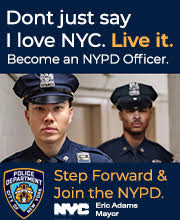




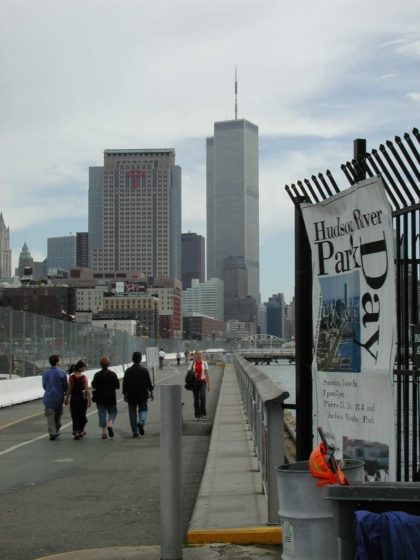
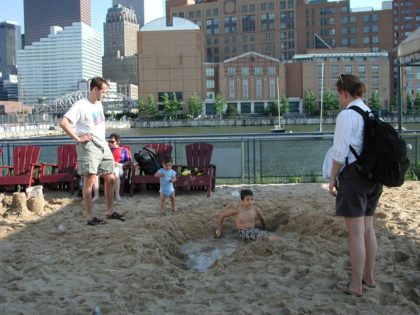
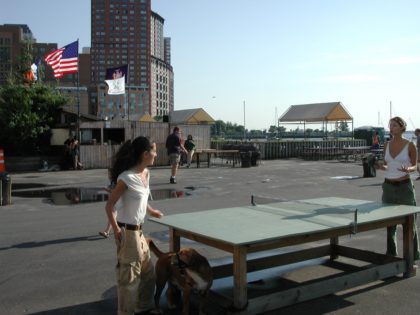
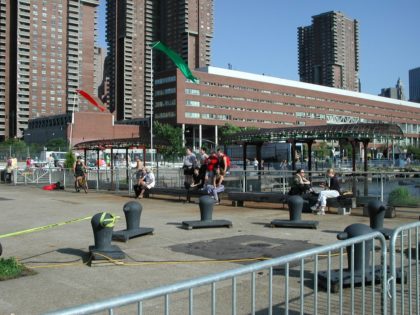
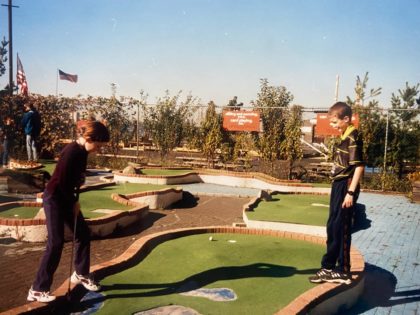

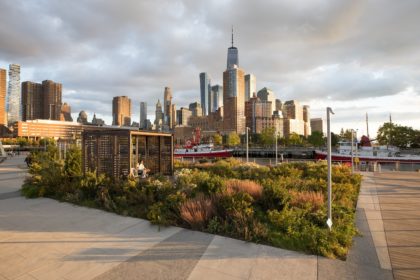






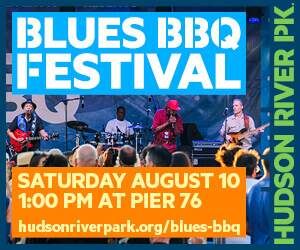
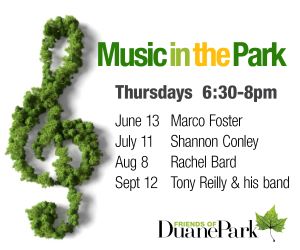
We owe such a debt to people like Noreen Doyle. 99% of Hudson River Park visitors have no idea who she and her partners and predecessors are, and yet we enjoy the fruits of their labor.
Thank you for such a wonderful place!